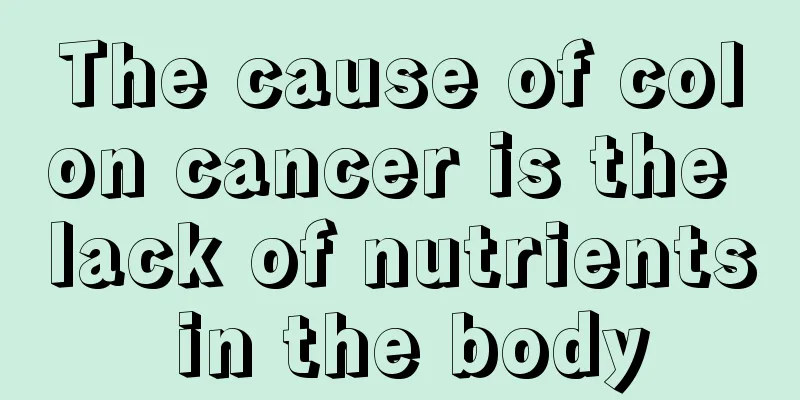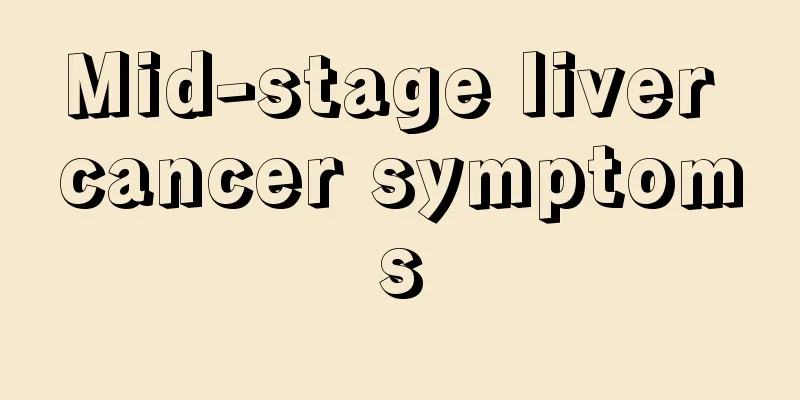Red blood cell hemoglobin hematocrit is high

|
The relationship between red blood cells and hemoglobin is very close. Hemoglobin is needed to complete the function of red blood cells. A high hemoglobin hematocrit generally means a high red blood cell count, which has a certain impact on the human body. Shock in the body can also lead to a high red blood cell count. 1. High hematocrit Cardiogenic shock Cardiogenic shock in a narrow sense refers to the severe stage of pump failure that occurs in acute myocardial infarction (see acute myocardial infarction). In acute myocardial infarction, if the clinical symptoms are accompanied by low blood pressure, insufficient skin perfusion, decreased renal blood flow, central nervous system dysfunction and other manifestations of microcirculatory failure of important organs, and if hypotension caused by drugs (such as analgesics, vasodilators, diuretics), poor food intake, fluid loss or insufficient fluid replacement causing decreased blood volume can be ruled out, the diagnosis of cardiogenic shock can be considered. 2. Hemoglobin The relative increase is due to the large loss of water, such as continuous vomiting, repeated diarrhea, sweating, polyuria, large-area burns, etc., which leads to a decrease in plasma volume and blood concentration, resulting in a relative increase in the concentration of red blood cells and hemoglobin. This is a temporary increase and will return to normal with proper hydration. 2) Absolute increase is usually due to pathological factors that cause long-term hypoxia of the body, stimulating the secretion of erythropoietin, thereby causing compensatory proliferation of red blood cells and the occurrence of secondary erythrocytosis. It is seen in severe chronic cardiopulmonary diseases, chronic carbon monoxide poisoning and mountain sickness. When suffering from primary erythrocytosis, the red blood cell count also increases significantly, up to (7~10)*10^12|L. 3. Others The number of red blood cells is affected by many physiological factors, but compared with the reference value of the same age and gender, it is generally within ±20%, mainly seen in hypoxia such as newborns (increased by 35%), mountain dwellers (increased by 14%), mountaineers, strenuous exercise and physical labor; increased androgen in adult males than in females; increased adrenal cortex hormones such as mood swings; long-term heavy smoking; venous compression time > 2min (increased by 10%); capillary blood is higher than venous blood measurement results (increased by 10%~15%); intraday differences (highest at 7 am); use of epinephrine, glucocorticoid drugs, etc. Pathological changes of polycythemia can be seen in relative increase, such as temporary blood concentration, vomiting, high fever, diarrhea, polyuria, sweating, large area burns, etc. |
<<: What is the reason for high red blood cells and hemoglobin
>>: What disease is caused by a high percentage of eosinophils
Recommend
Can I apply anesthetic to a small tattoo?
When getting a tattoo, people usually don’t apply...
Laryngeal keratosis, a precancerous lesion of the larynx, is divided into 4 types
Laryngeal precancerous lesions are a pathological...
Why do I dry heave when I'm nervous?
Many people will encounter some special situation...
Symptoms of tension headache
Headache is a very common disease in our life, an...
What are the symptoms of median nerve injury
The symptoms of median nerve injury mainly refer ...
Are black raised moles dangerous?
The body structure is very complex. Many times, s...
Can white wine cure toothache?
Liquor cannot cure toothache. If you drink it, it...
Will children born when suffering from bone cancer inherit the disease?
Bone cancer is the most painful cancer for patien...
The itchy bumps on my back get worse the more I scratch them. How can I relieve them?
In daily life, pimples on the back skin is a very...
Is there alum in fried dough sticks?
Nowadays, if people don’t want to make breakfast ...
Painful urination and low urine volume
Under normal circumstances, people will not exper...
What are the symptoms of thyroid tumor
The occurrence of thyroid tumors is often not dis...
How can melanoma patients successfully get through pregnancy
How can patients with melanoma successfully get t...
The harm of smoking for girls
Many girls, influenced by TV dramas or the surrou...
How to deal with damp house
A damp house will not only make people living in ...









